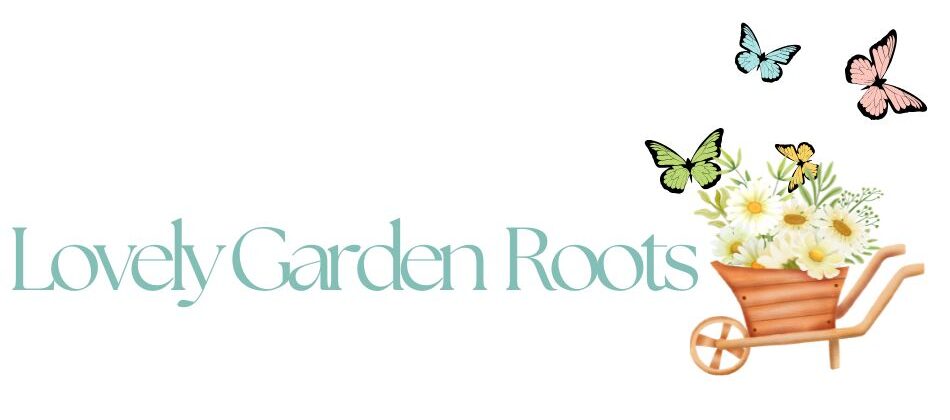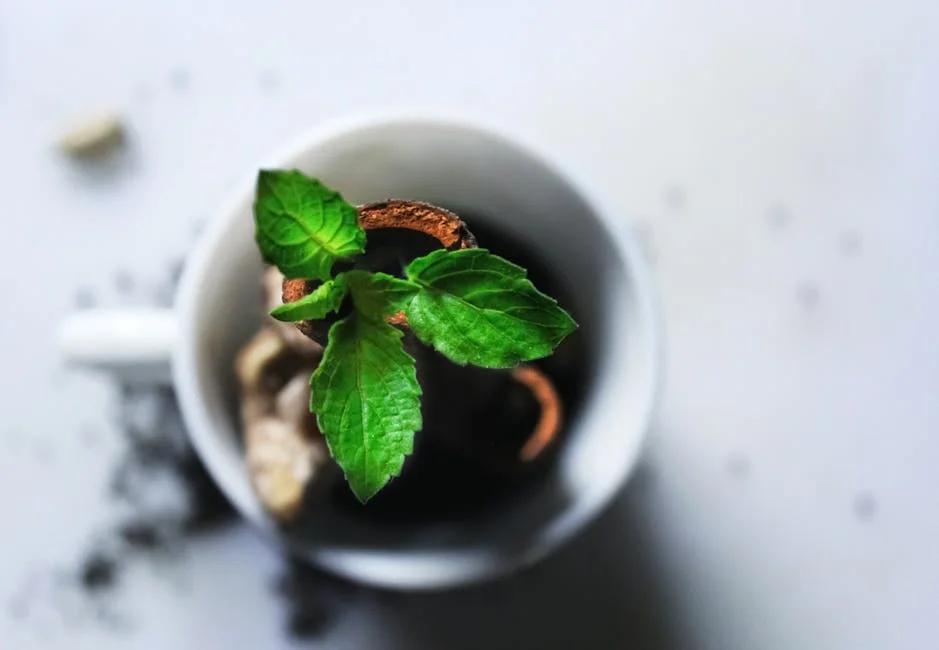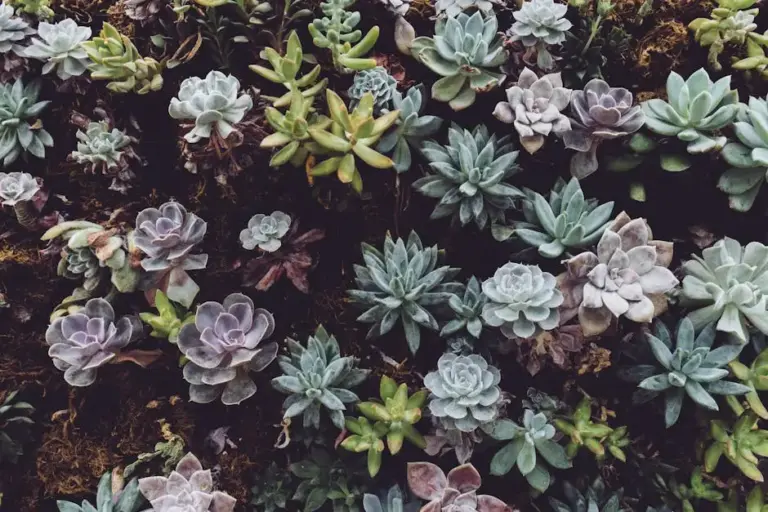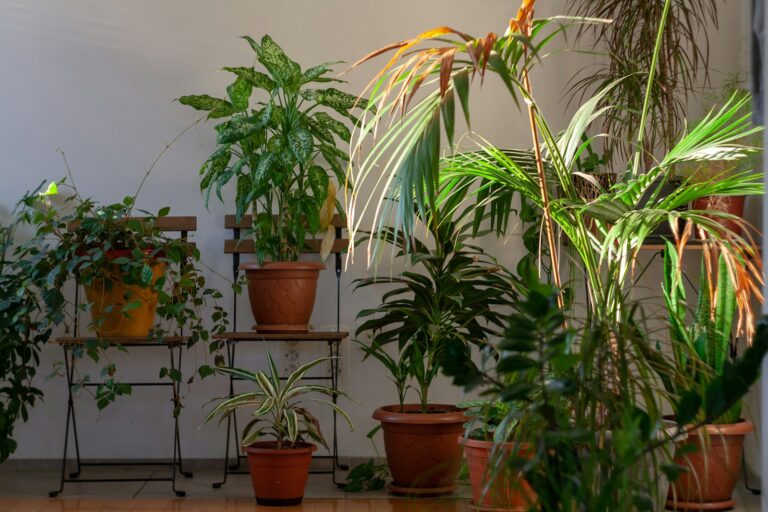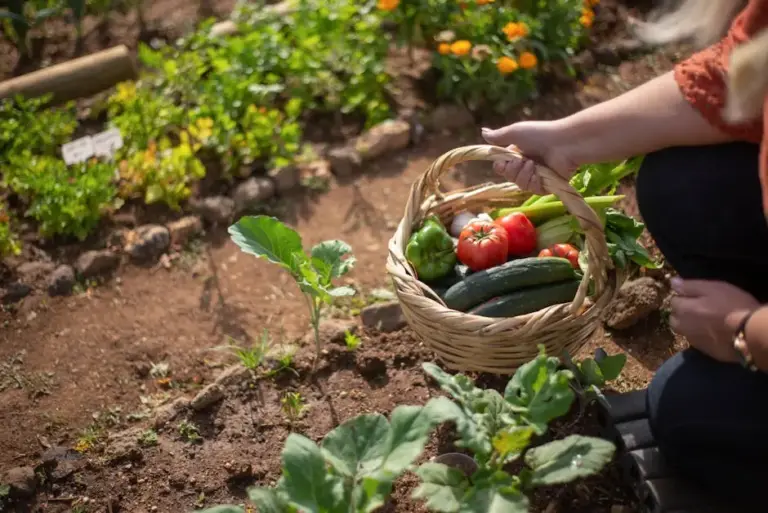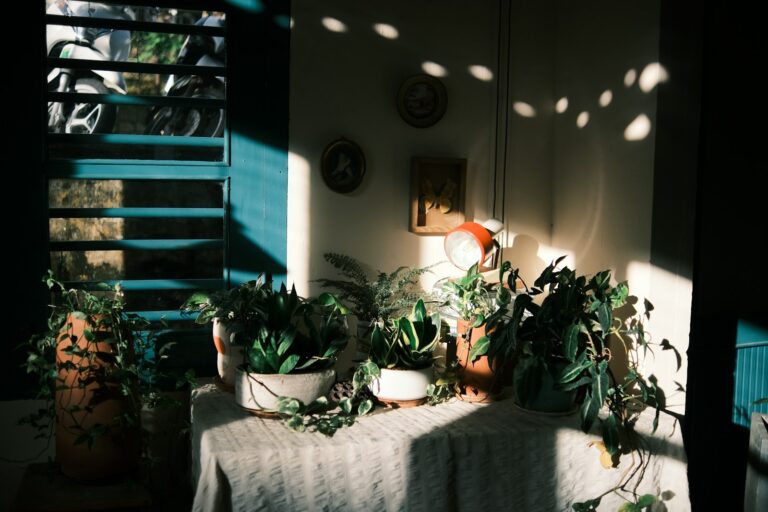Tips for Growing Herbs Indoors Year-Round: Easy Care for Fresh Flavors Anytime
Growing herbs indoors year-round can be simple and rewarding with the right approach. You’ll want to provide plenty of natural light, maintain moderate temperatures, and keep humidity levels balanced to help your herbs thrive. Ensuring your herbs get at least six hours of sunlight and stay between 55°F and 70°F creates the ideal environment for healthy, flavorful growth.
You don’t need a big garden or fancy equipment to have fresh herbs all year long. With a few smart tips, like watering from the bottom and avoiding hot air vents, your indoor herb garden can stay vibrant even through winter. Caring for your plants in this way helps them grow compact and tasty, ready to enhance your cooking every day.
Having herbs in your kitchen makes it easy to enjoy fresh flavors, no matter the season. Your indoor herb garden can be a steady source of greenery and fragrance, brightening up your space while giving you fresh ingredients on demand.
Selecting the Best Herbs for Indoor Growing

Picking the right herbs depends on your space, light availability, and cooking preferences. Some herbs thrive with minimal care, while others need specific conditions to flourish indoors. Understanding these factors will help you create a practical and productive indoor herb garden.
Top Herb Varieties for Indoors
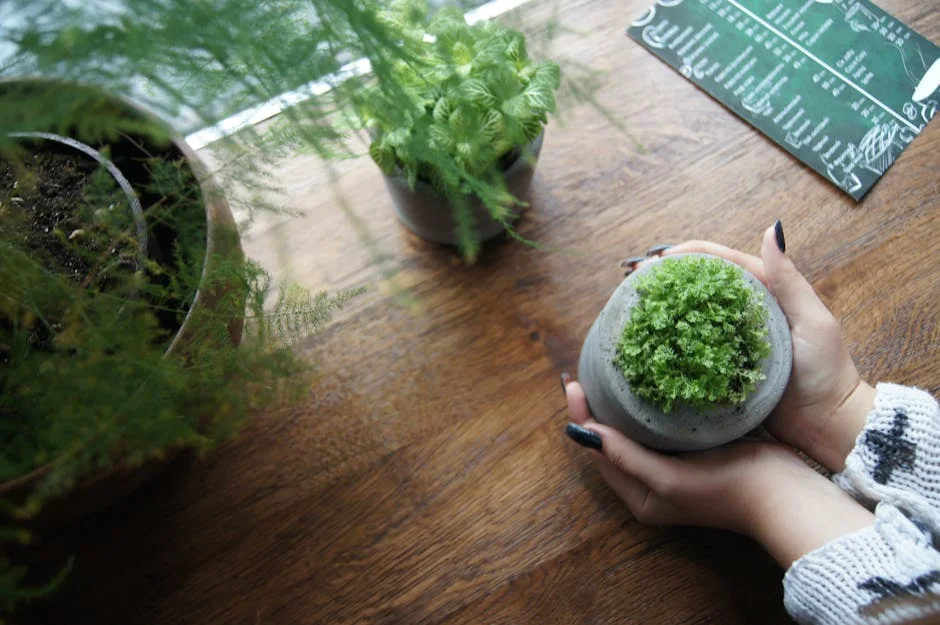
Certain herbs are especially suited for indoor growing because they adapt well to limited space and light. Popular choices include rosemary, thyme, oregano, basil, mint, and parsley.
Rosemary and thyme prefer bright, direct light, while mint and parsley can tolerate moderate light. Basil needs warmth and consistent light but grows quickly, giving you fresh leaves often. Chives are also a good pick if you’re looking for something hardy and low-maintenance.
You can also try less common options like scented geraniums or lemongrass, which add fragrance and flavor but might need a bit more care.
Understanding Growth Requirements

Light is the most critical factor. Most herbs need at least 6 hours of direct sunlight daily or supplementation with grow lights. South-facing windows offer the best natural light.
Watering is another key. Overwatering causes root rot, so water only when the top inch of soil feels dry. Use well-draining pots and soil to prevent sogginess.
Temperature matters too. Aim for a steady range between 65°F and 75°F. Avoid drafts or sudden temperature changes, which stress plants. Some herbs, like basil, prefer higher humidity or occasional misting.
Choosing Herbs Based on Your Needs

Think about how you plan to use your herbs when selecting plants. If you cook often, herbs like basil, oregano, and parsley are handy staples.
If you want herbs that last and require less fuss, choose rosemary or thyme. Mint grows vigorously and can fill a space quickly, great if you enjoy teas or mojitos.
For space-saving, try vertical planting or small pots with herbs like chives or lemon balm. If fragrance is a priority, scented geraniums provide both aroma and a nice visual.
Align your choices with cooking styles, care ability, and room conditions for the best results. More tips on selecting herbs are available at The Spruce’s guide to indoor herbs.
Creating the Ideal Indoor Environment
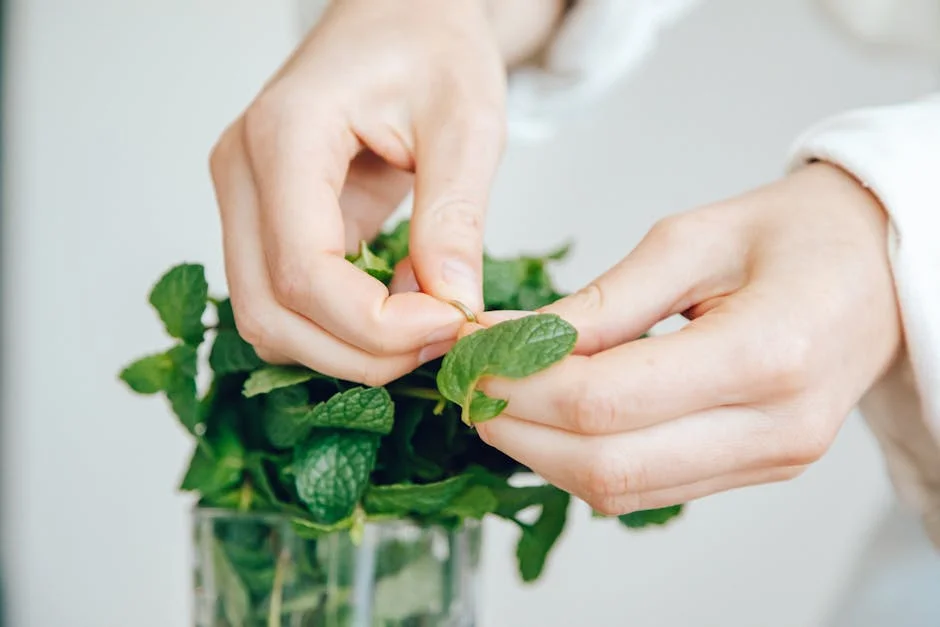
To help your herbs thrive year-round, focus on giving them the right balance of light, temperature, humidity, and airflow. These factors affect growth rates, flavor, and overall plant health.
Maximizing Light for Healthy Growth
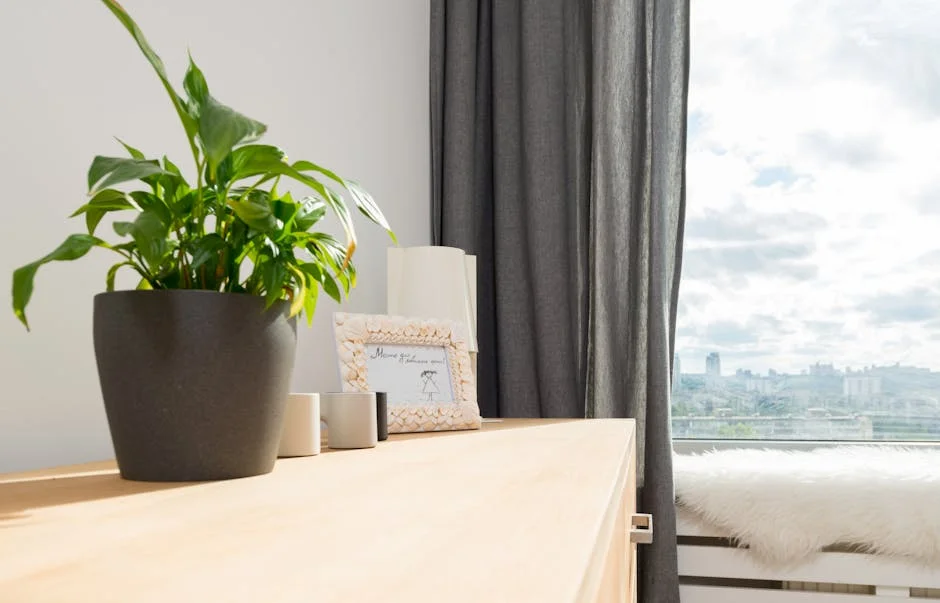
Herbs need at least 6 hours of bright, direct light daily. The best spot is usually a south-facing window. If natural light is limited, you can supplement with grow lights designed for plants.
Rotate your pots regularly to ensure all sides get light evenly. This prevents herbs from leaning or becoming leggy.
Using reflective surfaces like white walls or mirrors can also increase light exposure. Avoid placing pots in shaded or dark corners to keep growth strong.
Maintaining Optimal Temperature and Humidity
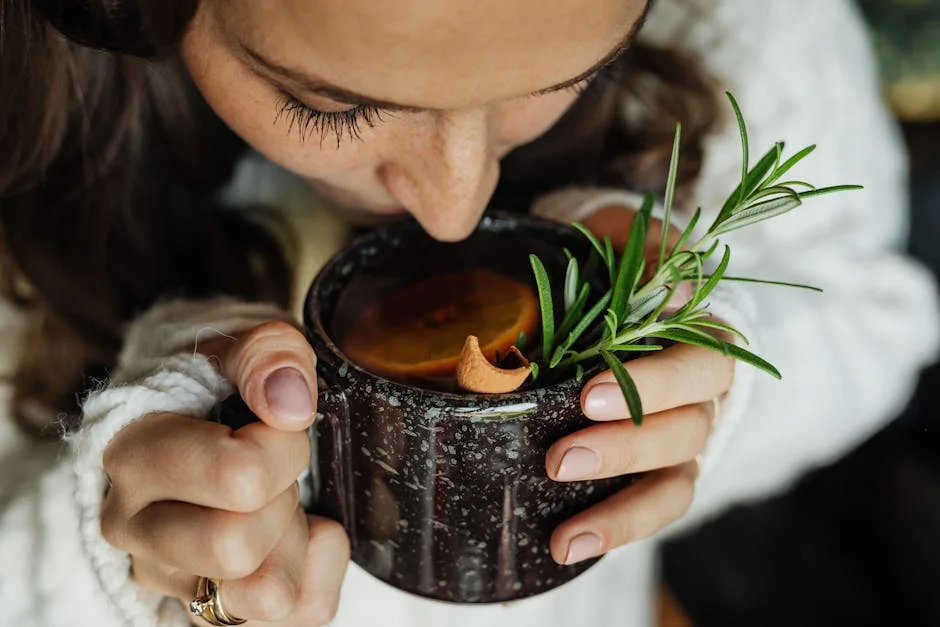
Most herbs prefer temperatures between 65°F and 75°F (18°C–24°C). Avoid placing them near drafts, heaters, or air conditioners that cause sudden changes.
Humidity indoors is typically low, especially in winter. Increase moisture by placing a tray of water under your pots or using a room humidifier.
Grouping plants together can raise local humidity. Just be sure to leave some space between them to reduce the risk of fungal diseases.
Ensuring Proper Air Circulation

Good airflow lowers the chance of mold and pests on your herbs. A small fan running nearby on a low setting works well to keep the air moving.
Avoid overcrowding your plants. Leave at least 2-3 inches between pots so air can circulate freely around the leaves.
Open windows when weather permits, but avoid freezing drafts. Proper ventilation supports healthy stems and leaf development.
Planting and Potting Techniques
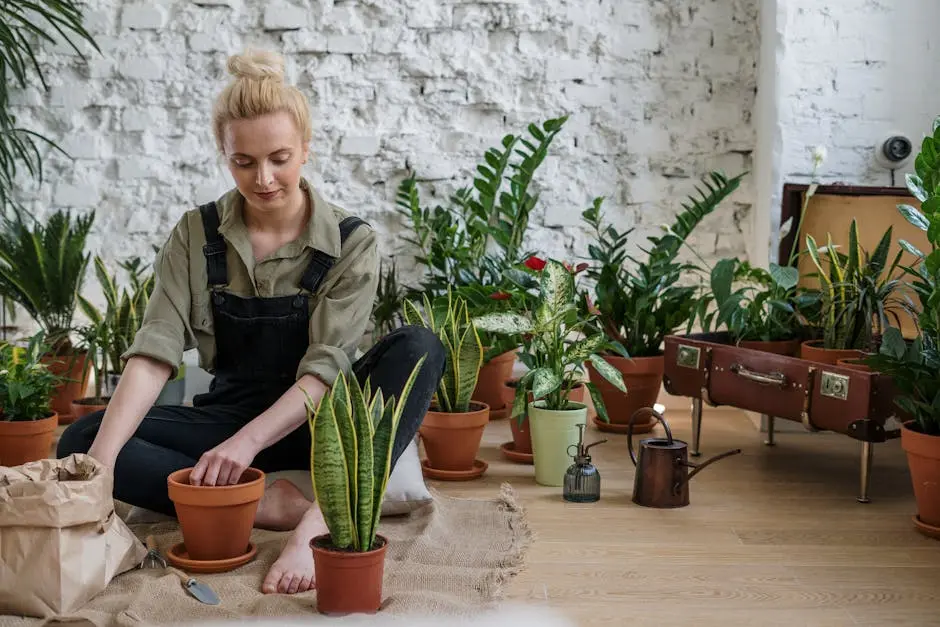
Your herbs will thrive when you provide the right containers, soil, and drainage. Using proper materials helps prevent root problems and keeps your plants healthy. Paying attention to these details sets a strong foundation for growing herbs indoors year-round.
Selecting the Right Pots and Containers
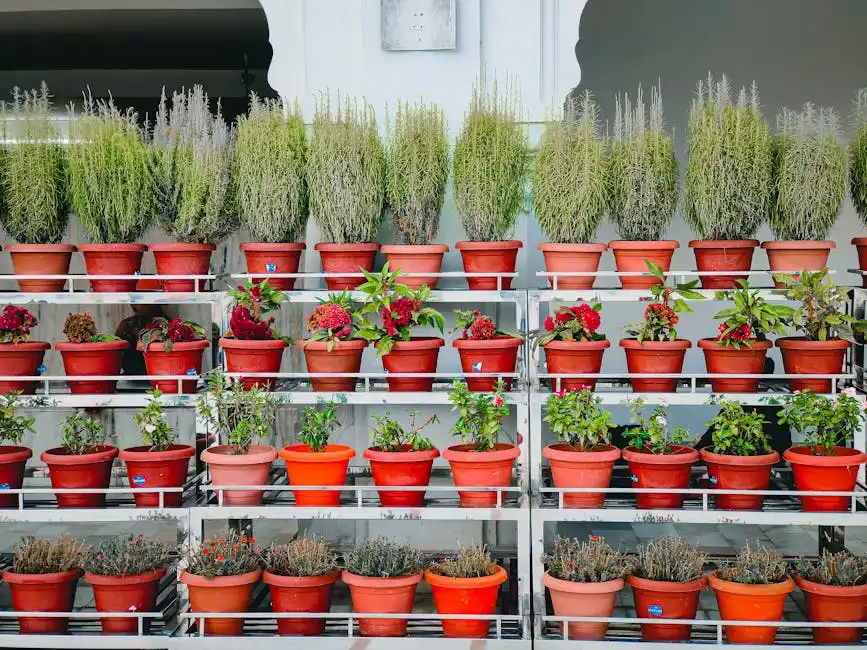
Choose pots that give your herbs enough room to grow but aren’t too large, as oversized pots can hold excess moisture. Containers made of terracotta or clay are great because they allow air to pass through the sides, helping soil dry between waterings.
Look for pots with drainage holes at the bottom to avoid water buildup. If you use a decorative container without holes, add a layer of gravel at the bottom to improve drainage, but be cautious as this isn’t as effective as having proper holes.
Your container size depends on the herb. For example, basil likes 6-8 inch pots, while rosemary benefits from 10-12 inch pots due to its deeper roots.
Choosing High-Quality Potting Mix
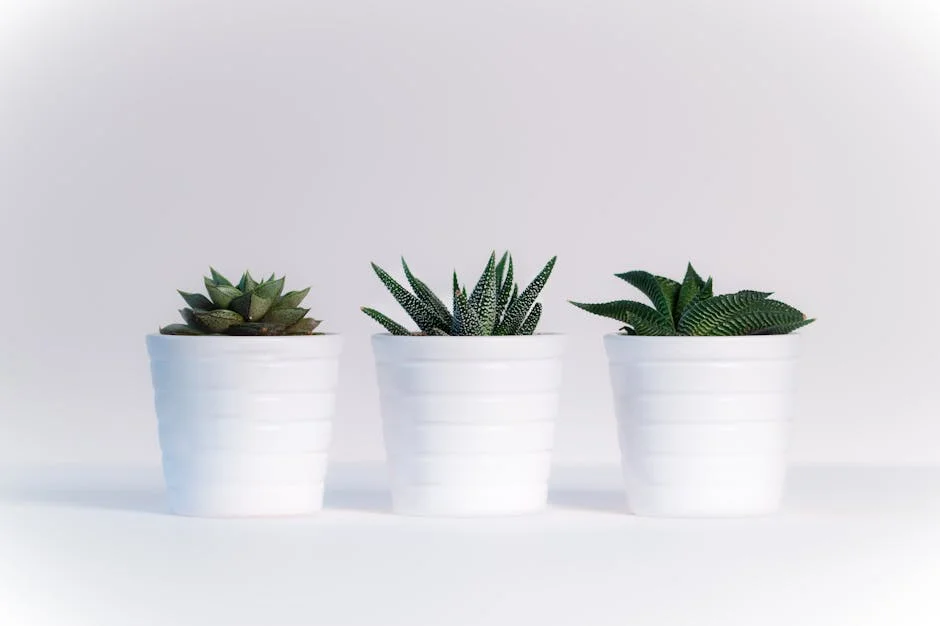
Opt for a loose, fast-draining potting mix specifically designed for indoor plants. A mix labeled for herbs or vegetables is best. Avoid garden soil, which is too dense and can hold too much moisture indoors.
Look for a mix containing ingredients like peat moss, perlite, or vermiculite. These components improve aeration and help water drain well while retaining enough moisture for your herbs.
You can also add extra perlite or coarse sand to increase drainage if your mix feels too heavy.
Ensuring Proper Drainage
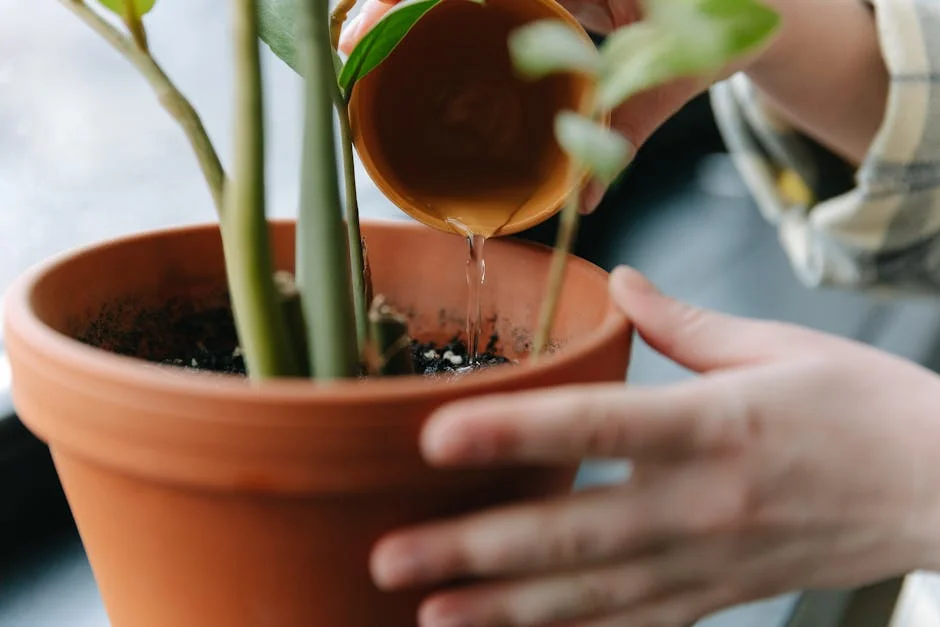
Drainage is vital to stop soggy soil that causes root rot. Always make sure your pots have holes to let excess water escape.
Water your herbs until you see it draining from the holes, then empty water trays to avoid standing water. This prevents roots from sitting in moisture for too long.
If you notice your herbs’ leaves turning yellow or wilting despite watering, check for drainage issues. A well-draining soil and the right pot will solve most problems. You can also elevate pots slightly using pot feet or small stands to keep airflow underneath.
For more on proper potting and soil, see growing herbs indoors techniques.
Year-Round Care and Maintenance
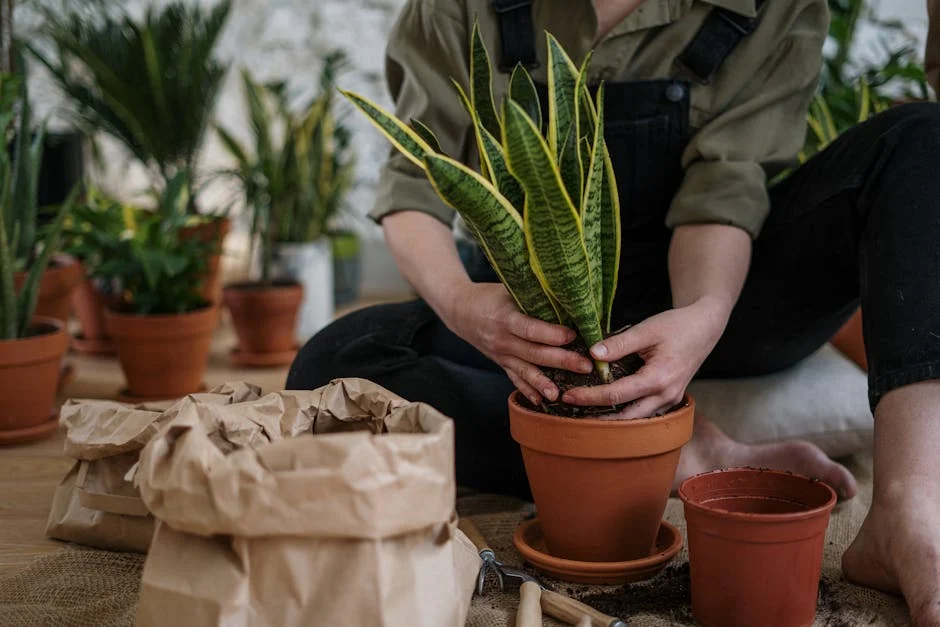
Keeping your indoor herbs healthy all year requires attention to watering, feeding, trimming, and pest control. Each of these factors plays a critical role in maintaining steady growth and vibrant foliage.
Watering Best Practices

Water your herbs when the top inch of soil feels dry to the touch. Avoid overwatering to prevent root rot; most herbs like well-drained soil and prefer to dry out slightly between waterings. Use pots with drainage holes to help excess water escape.
Different herbs have different water needs—basil requires more frequent watering than rosemary, which prefers drier conditions. Check individual needs if you’re growing several types together. Watering in the morning allows the soil to dry during the day, reducing mildew risks.
You can also use a spray bottle for delicate herbs to keep humidity up without soaking the soil. Consistency is key, so aim for a regular schedule based on your plant’s needs and indoor environment.
Fertilizing for Continuous Growth
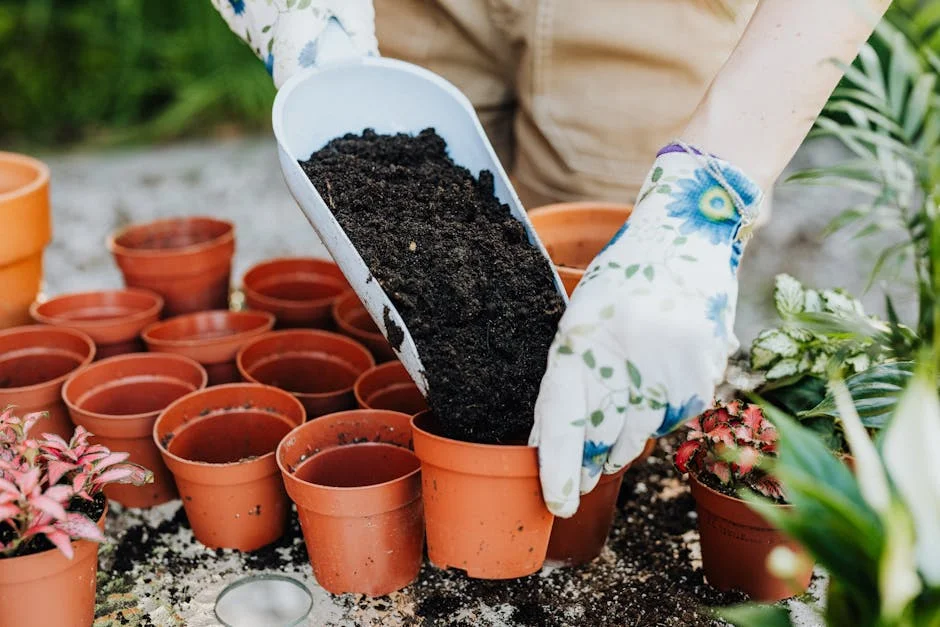
To keep herbs growing steadily, feed them with a balanced, water-soluble fertilizer every 4-6 weeks. Use a fertilizer with equal parts nitrogen, phosphorus, and potassium (e.g., 10-10-10) or one specifically designed for herbs.
Avoid over-fertilizing, which causes excessive leafy growth but reduces flavor. Dilute the fertilizer to half the recommended strength if your plants are young or in small containers. Organic options like fish emulsion or compost tea are good alternatives.
Fertilizing is more important in lower light conditions when plants grow slower and need extra nutrients to stay healthy. Stop feeding in winter if your herbs enter dormancy but resume in early spring for renewed growth.
Pruning and Harvesting Tips
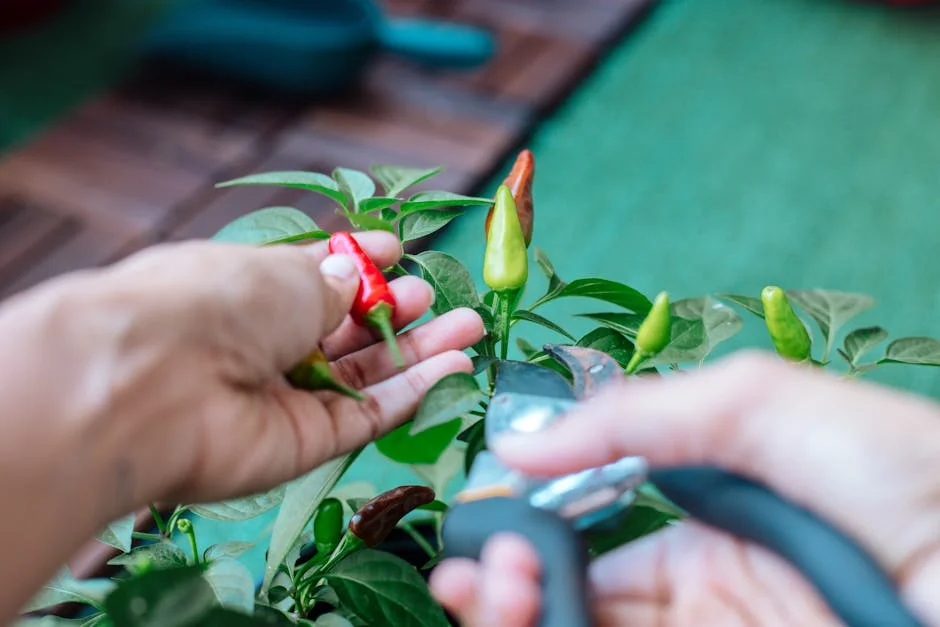
Regular pruning encourages bushier, more productive herbs. Pinch off the top leaves just above a leaf node or side branch to stimulate new growth. Remove any yellow, dead, or weak stems to focus energy on healthy parts.
Harvest herbs morning after the dew evaporates when their oils are most concentrated. Cut no more than one-third of the plant at a time to avoid stressing it. Use sharp scissors or pruning shears for clean cuts.
Avoid harvesting more than you can use fresh, or dry or freeze excess. Rotating your harvest timing helps maintain year-round growth without letting plants become leggy or woody.
Preventing Common Indoor Pests
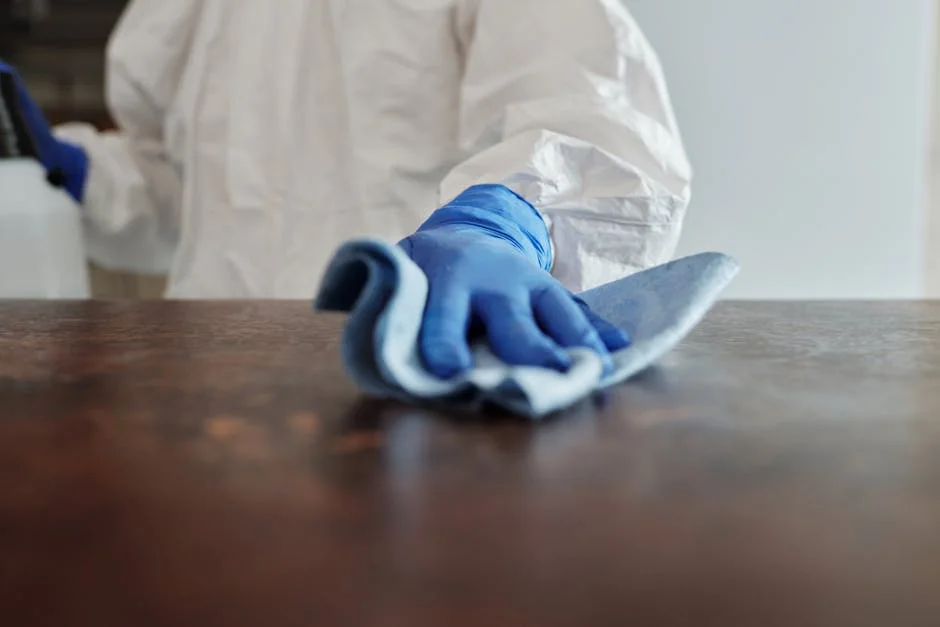
Keep your herbs pest-free by regularly inspecting them for signs of spider mites, aphids, or whiteflies. These pests thrive in dry indoor air, so increasing humidity with occasional misting or a humidifier can reduce their presence.
If you spot pests, wash leaves gently with water or use insecticidal soap designed for edible plants. Avoid harsh chemicals that can harm your herbs or indoor environment.
Good airflow also helps prevent infestation, so avoid overcrowding pots. Quarantine new plants before introducing them to your indoor garden to minimize pest risks.
Creative Ways to Use Fresh Indoor Herbs
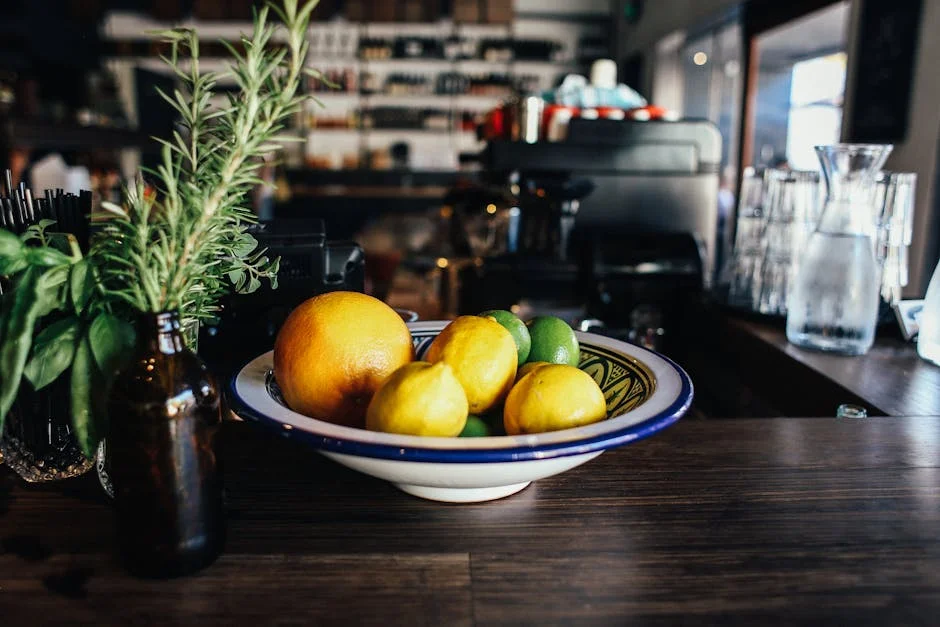
You can transform fresh indoor herbs into tasty dishes, soothing drinks, and natural remedies. Using your herbs regularly enhances their value and keeps your garden thriving. Here are some practical ideas to help you get the most out of your homegrown herbs.
Cooking and Culinary Uses

Fresh herbs add bright, fresh flavors that dried ones can’t match. You can sprinkle chopped basil on salads, mix thyme into roasted vegetables, or add cilantro to your favorite salsas. For best results, add delicate herbs like parsley or chives at the end of cooking to preserve their aroma.
Use herbs to make herb butter, pesto, or infused oils for easy, flavorful kitchen staples. Keep a small herb scissors or snips handy so you can harvest small amounts frequently without damaging your plants. This encourages healthy regrowth.
Making Herbal Teas and Infusions

Fresh herbs like mint, lemon balm, and chamomile are perfect for brewing calming teas. Simply steep a handful of washed leaves in hot water for 5 to 10 minutes. You can blend different herbs to create custom flavors tailored to your taste.
To intensify flavors, bruise the leaves gently before steeping. Use a clear teapot or glass cup to enjoy the visual appeal of your fresh herbs. Sweeten your herbal tea naturally with honey or a slice of lemon for added zest.
DIY Home Remedies with Herbs
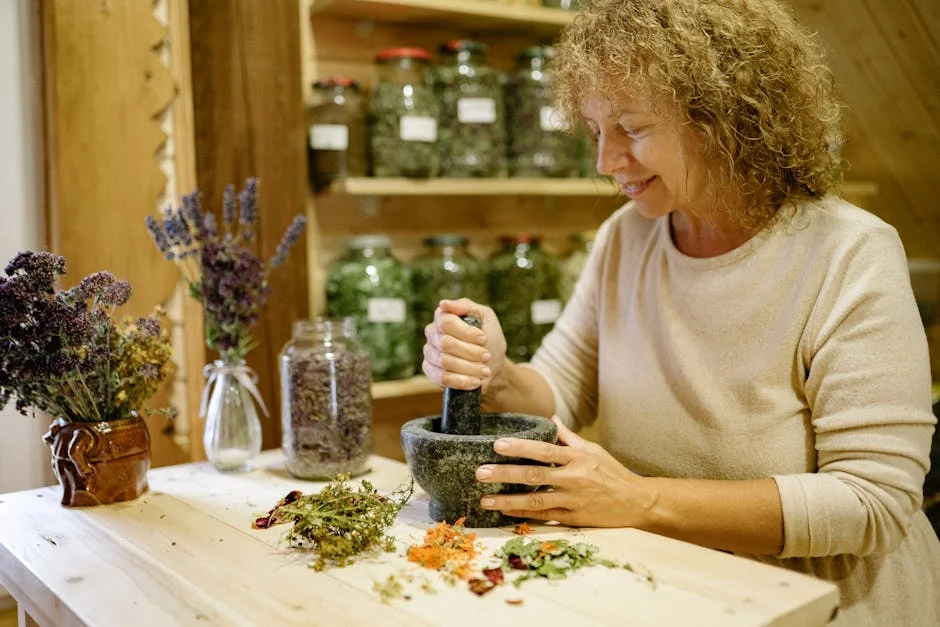
You can use herbs from your indoor garden to make simple remedies for everyday needs. For example, fresh lavender or rosemary can be made into soothing salves or infused in oil to relieve minor skin irritations.
Herbs like thyme and eucalyptus have mild antibacterial properties useful in homemade throat sprays or steam inhalations for congestion. Make sure to consult reliable sources before using herbs medicinally, especially if you have allergies or health conditions.
With minimal effort, your fresh herbs become a natural toolkit for health and wellness right from your kitchen.
